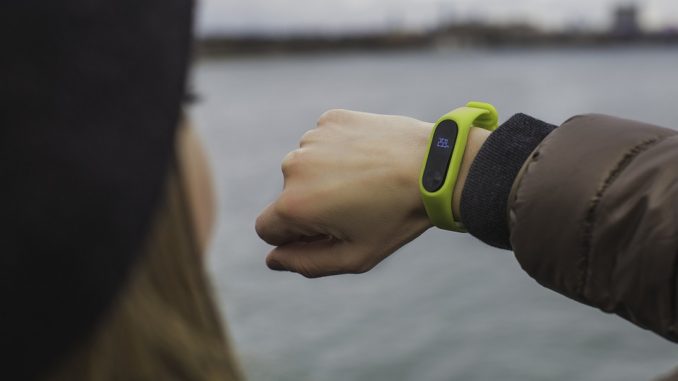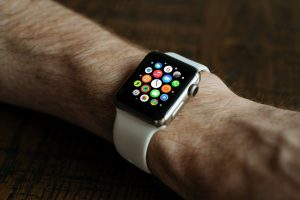
If you are in the San Francisco area and are looking at Santa Cruz homes for sale, often the proximity of good healthcare is one of the many considerations for choosing a good locality to call home. If a person in your household suffers from a severe seizure disorder, this concern becomes more of a necessity because of the possible need for a constant caretaker to help monitor this person’s seizures.
Seizure disorders run the gamut from mild episodes where people “blank out” for a short time, all the way to prolonged convulsive seizures that cause people to lose consciousness for long periods. Although a rare occurrence, “sudden unexpected death in epilepsy”, or SUDEP, can occur during such a seizure. This often happens at night when the person is alone in their room.
Because of this possibility of death during a seizure, some people that suffer multiple seizures require monitoring. Special epilepsy monitoring units offer video-electroencephalography to track their seizures, but this is not available readily for use in the home. Because of a lack of practical monitors, patients and caregivers have to report their seizures to their doctors, which can result in inaccurate counts. And, there is no good way to consistently monitor patients who are at risk for SUDEP.
 Some exciting new research involves the possible use of wristbands to monitor seizures. According to this article in Science Daily, several doctors from Empatica examined the ability of these wearable devices to detect and group epileptic seizures. The wristbands that were tested recorded accelerometer signals and electrodermal activity for signs of changes that typically occur at the onset of seizures. There was a total of 5928 hours of data collected from 69 patients, and there were 55 seizures monitored from 22 patients.
Some exciting new research involves the possible use of wristbands to monitor seizures. According to this article in Science Daily, several doctors from Empatica examined the ability of these wearable devices to detect and group epileptic seizures. The wristbands that were tested recorded accelerometer signals and electrodermal activity for signs of changes that typically occur at the onset of seizures. There was a total of 5928 hours of data collected from 69 patients, and there were 55 seizures monitored from 22 patients.
The wristbands displayed a high rate of sensitivity with 95 percent of the seizures detected. These wristbands also detailed specific characteristics of the seizures, which could be helpful in alerting doctors and patients for seizures that could be dangerous. The false notifications were kept at a low rate with one false alert at an average interval of every four days. These results were an improvement on an earlier study conducted by Rosalind Picard, who is now the chief scientist at Empatica.
The researchers added in their report of the results that wristbands such as these did not require caretakers to be with their patients all the time, which can improve both the caretakers and the patients’ quality of life. With promising studies like this, now you can concentrate on other considerations besides constant health monitoring when researching those Santa Cruz homes for sale.
